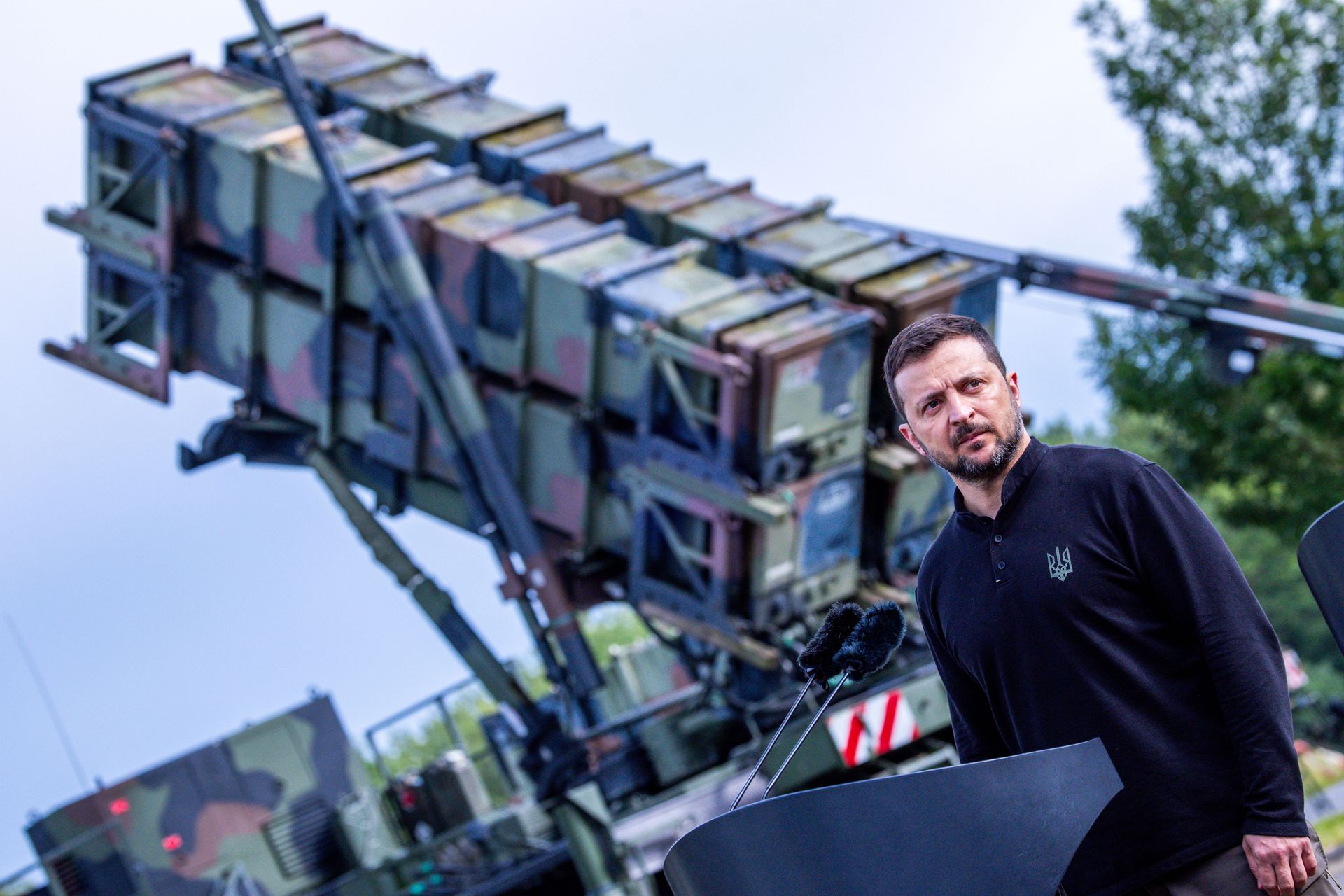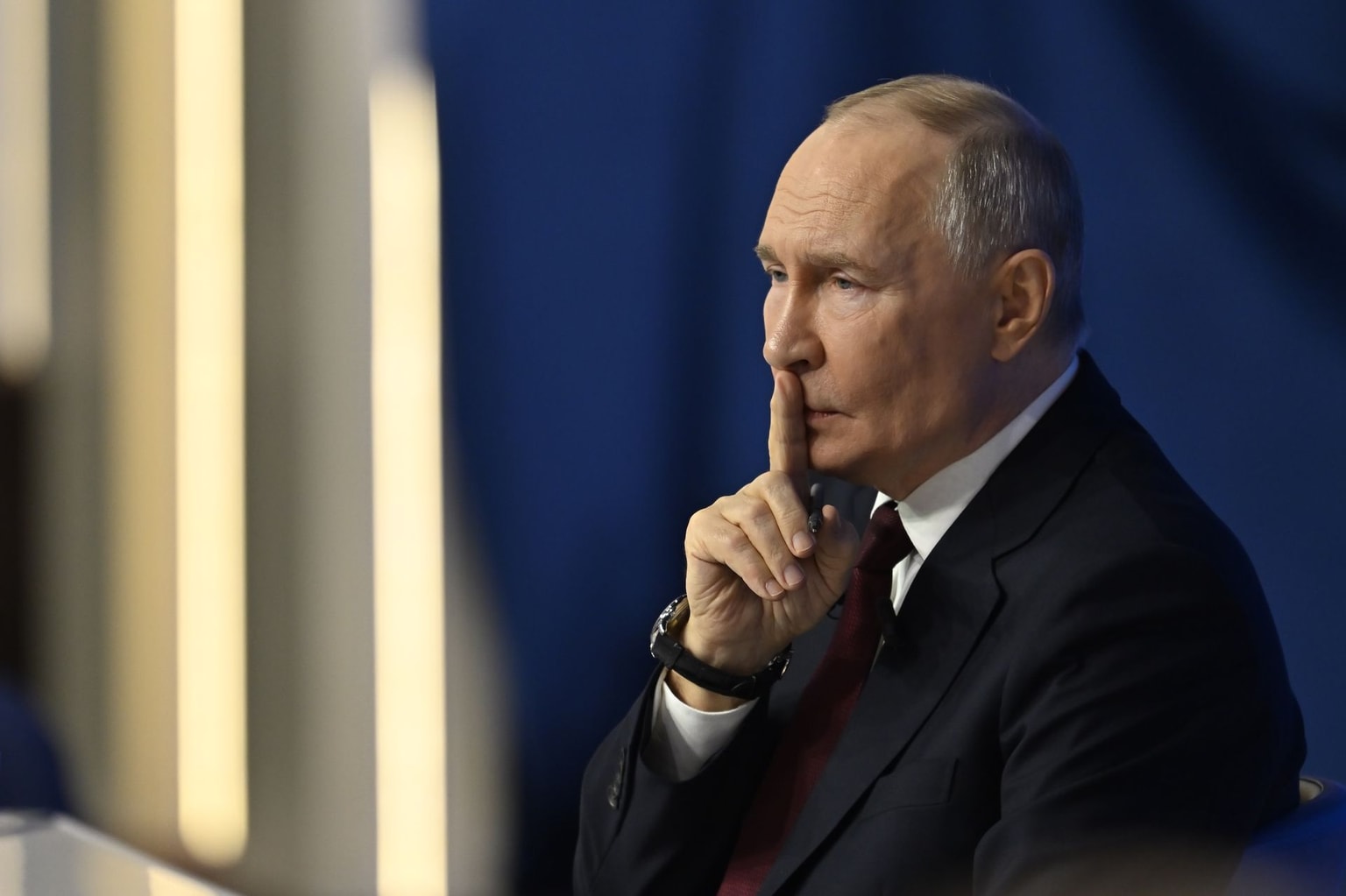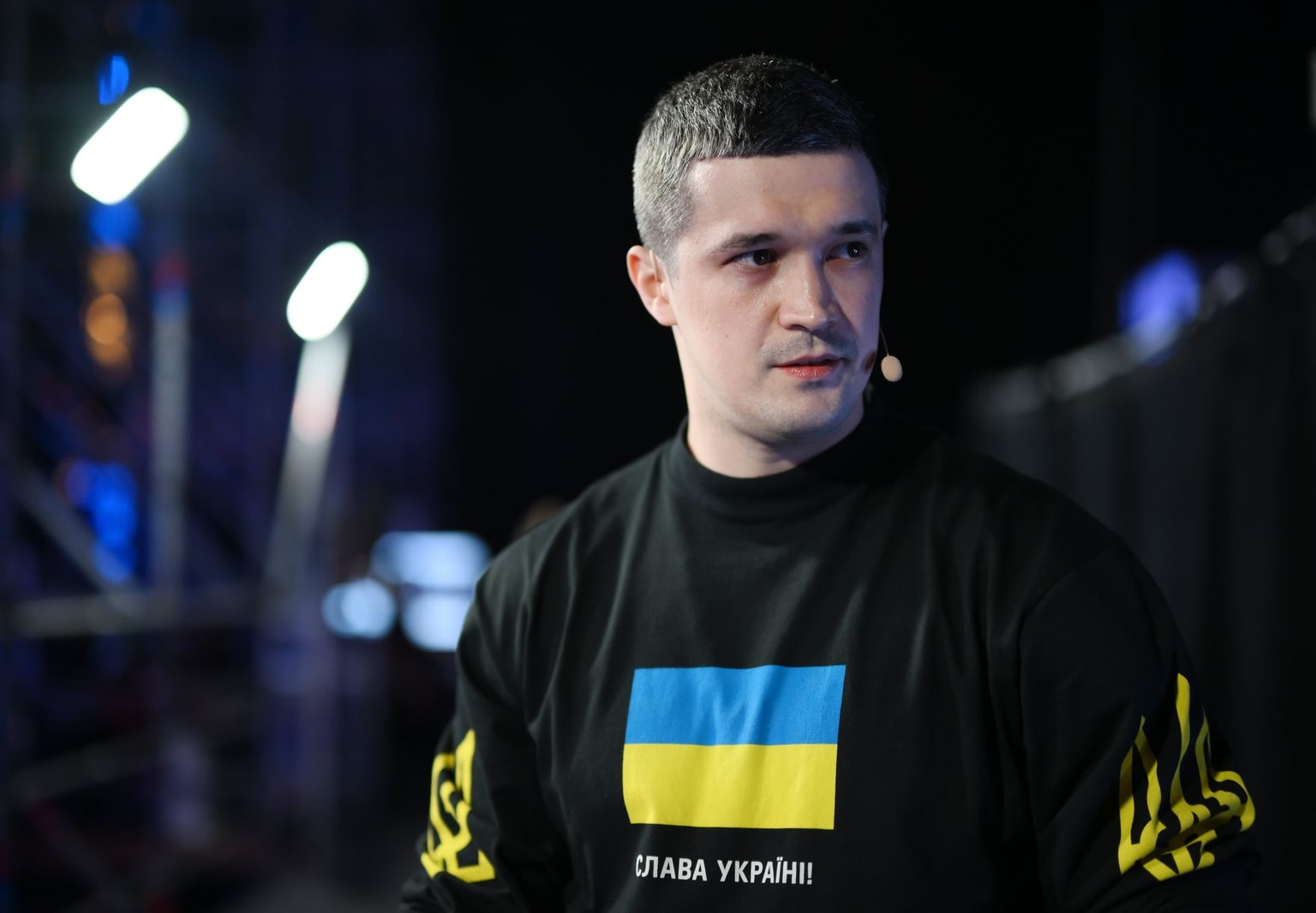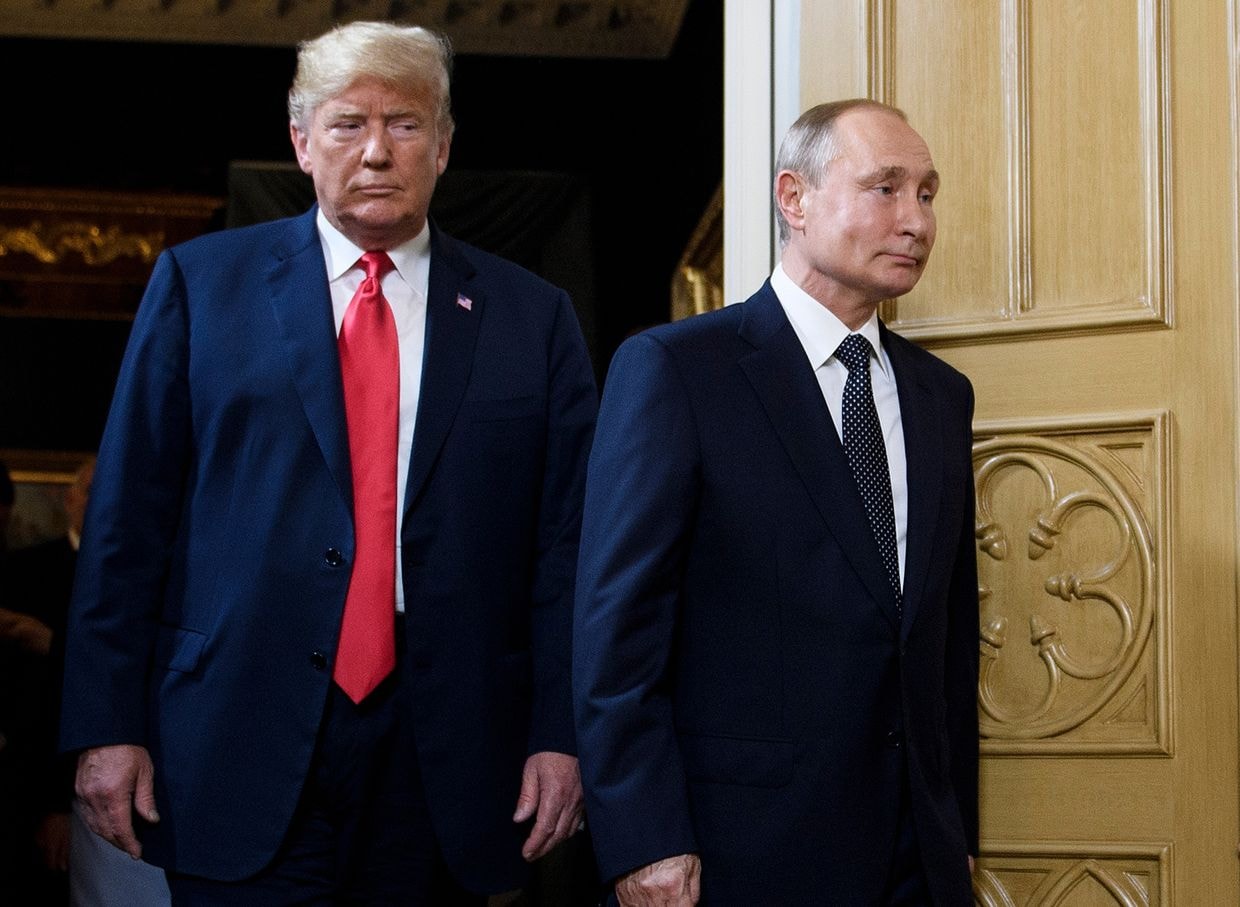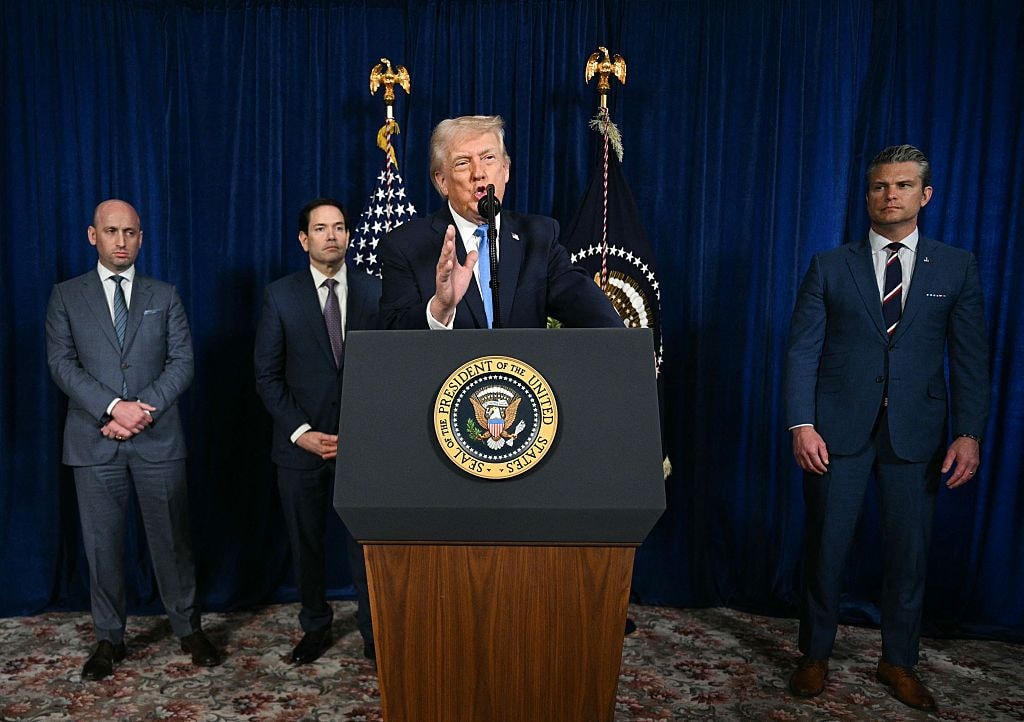
'Major casualties among civilians' — US freeze on air defense missiles is terrible news for Ukraine
Trump’s latest move emboldens Russia’s recent deadly drone and missile campaign on Ukrainian civilian areas
Rescue services search for victims under the wreckage after a Russian strike on a residential building in Kyiv, Ukraine, on June 17, 2025. (Andrew Kravchenko / Bloomberg via Getty Images)
The halting of deliveries of air defense missiles from the U.S. will lead to“major casualties among civilians,” a deputy commander in Ukraine’s air defense told the Kyiv Independent.
Politico reported on July 1 that the U.S. Defense Department (DOD) had halted shipments of some weapons previously promised to Kyiv out of concerns over the size of U.S. stockpiles, citing sources familiar with the matter.
The aid in question included several pieces of U.S. weaponry that have been critical to Ukraine’s ability to conduct the war.
Nick Schifrin, a reporter for PBS NewsHour, wrote on X that the halt included "PAC3 Patriots, 155mm artillery rounds, GMLRS, Stinger, AIM-7, and Hellfire missiles."
While the economics of losing such systems hurts the Ukrainian war effort, Ukraine’s military has managed to build its own equivalent to several of those since the war’s outset. The critical exception is air defense.
"Cutting off delivery of missiles for Patriot anti-air systems will mean a weaker air defense system over the country, and as a result, destruction of civilian infrastructure and major casualties among civilians," Oleksii, a deputy commander who coordinates mobile air defense groups in Kyiv Oblast, told the Kyiv Independent.
In line with Ukrainian military policy, he asked not to be identified by last name.
Patriot missile systems are the best air defense Ukraine has ever had. More specifically, PAC-3 missiles for those systems are by far the most effective measure against Russian ballistic missiles like Iskander and Kinzhal.
Ukraine is highly secretive about the anti-missile missiles that remain in its stocks, but recent Russian strikes have been far more deadly than they were a year or two prior, with interception rates of ballistic missiles in particular dropping precipitously.

That is in large part because the U.S. has already been slow-walking its aid deliveries since U.S. President Donald Trump took office, particularly when it comes to air defense.
Russian ballistic missiles travel several times the speed of sound. In the case of the Kinzhal, Russia touts a max speed of Mach 10. They arc far above the surface of the earth, unlike cruise missiles, which maintain a relatively low, flat trajectory, giving more time for a surface-based interception.
Why Ukraine can't build Patriots and PAC-3s
U.S. defense giant Raytheon has built Patriot missile launchers since the early 1980s, over the course of which it has progressively upgraded the system’s software. Lockheed Martin makes the PAC-3 missiles themselves, which are uniquely good at targeting ballistic missiles.
PAC-3s destroy incoming ballistic missiles by physically hitting them in the air, a feat of targeting that requires remarkably precise measurements and timing for launch calculations.
They are equipped with sensors from Boeing that are able to spot proximate ballistic missiles and make the high-speed, last-minute adjustments necessary to collide with them.
A Russian airstrike targeted Boeing’s office in Kyiv just weeks ago. The aerospace giant employs some 1,000 people in Ukraine.


Ukrainian weapons production has been remarkably innovative since the war’s start. But the interlinking expertise and precision that makes the Patriot PAC-3 system work took decades to build while backed by the budget of the U.S. Department of Defense — and with nobody bombing their factories.
Raytheon, Lockheed Martin, and Boeing each individually report revenues of well over $60 billion annually, which is significantly greater than the Ukrainian government’s annual tax revenue.

What Ukraine does — and doesn't — have
Ukraine still has a huge number of Soviet-made S-300 anti-air systems left over. But it is also running out of missiles for those systems — and many of the other former Warsaw Pact nations that earlier in the war sent their residual stockpiles to Ukraine have run out as well.
While S-300 munitions would, in theory, be cheaper to make than PAC-3s, they still require industrial facilities beyond what is required to make drones. While Russia still has them, Ukraine has never really had the chance to build them out.
Ukraine’s major weapons factories were set up by the Soviet Union and were not designed to operate independently. Ukraine-based factories made components for complex weapons systems that were only to be completed when they joined with engines or controllers, or launch vehicles from other Soviet manufacturers.

Given that the Soviet Union built them, Russia also knows exactly where many of those huge post-Soviet factories are and routinely bombs them.
Can Europe fill the gap?
There are European manufacturers that make theoretically comparable air-defense systems, but they have proved themselves less effective within Ukraine and, maybe more importantly, are not made at the mass scale of Patriot missiles.
The U.S. government also controls the flow of Patriot systems and ammunition, meaning that if it wants to embargo Ukraine’s access to them, it can.
Overall, the U.S. denial of sophisticated air defense to Ukraine is a serious blow for which there is no ready technological solution.
"Likely – or certainly – that decision is aimed at weakening the tough negotiating position of our country, and at us accepting conditions that are dictated to us from outside," Oleksii said.
Note from the author:
Hi, this is Kollen, the author of this article. Thanks for reading. With Russian forces massing at the front and air attacks intensifying across the country, Ukraine is holding up in the face of a tense summer. If you want more stories like this, consider joining our community today to help support our work.

